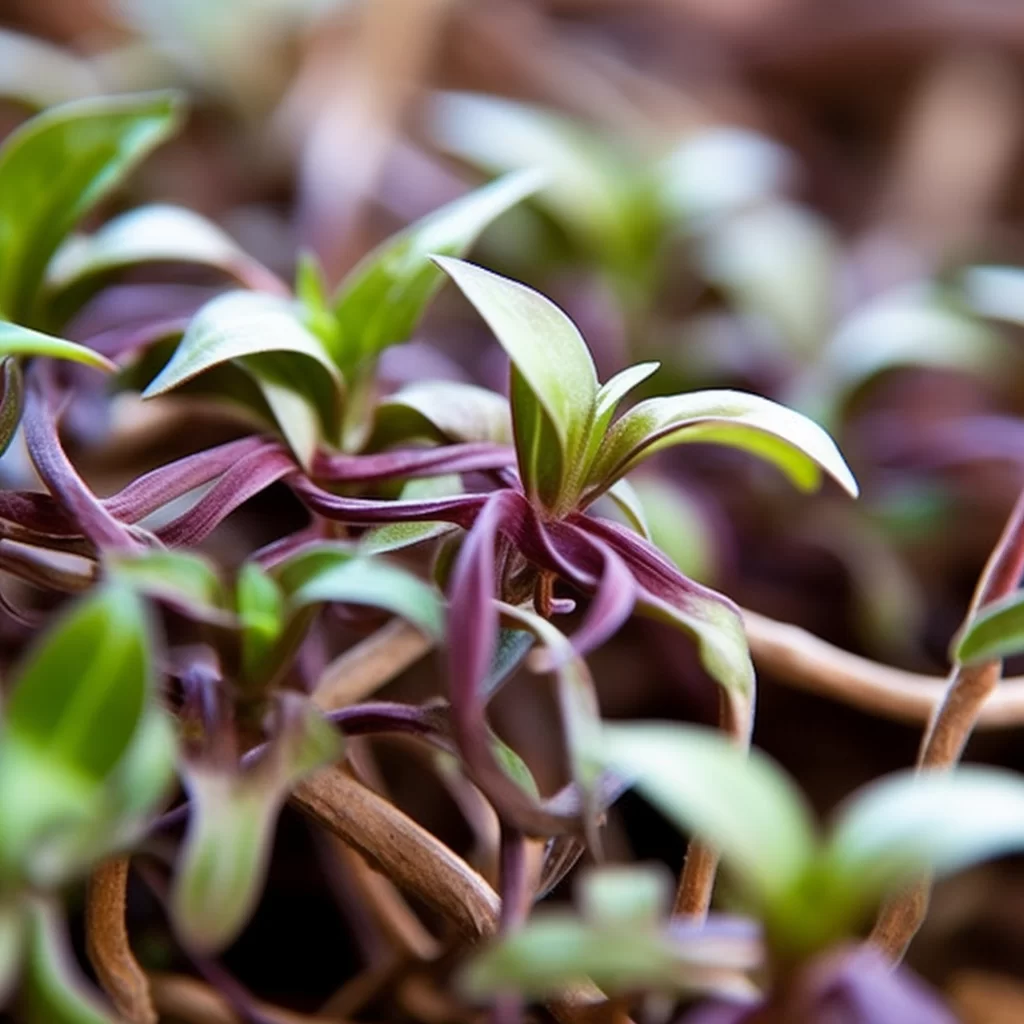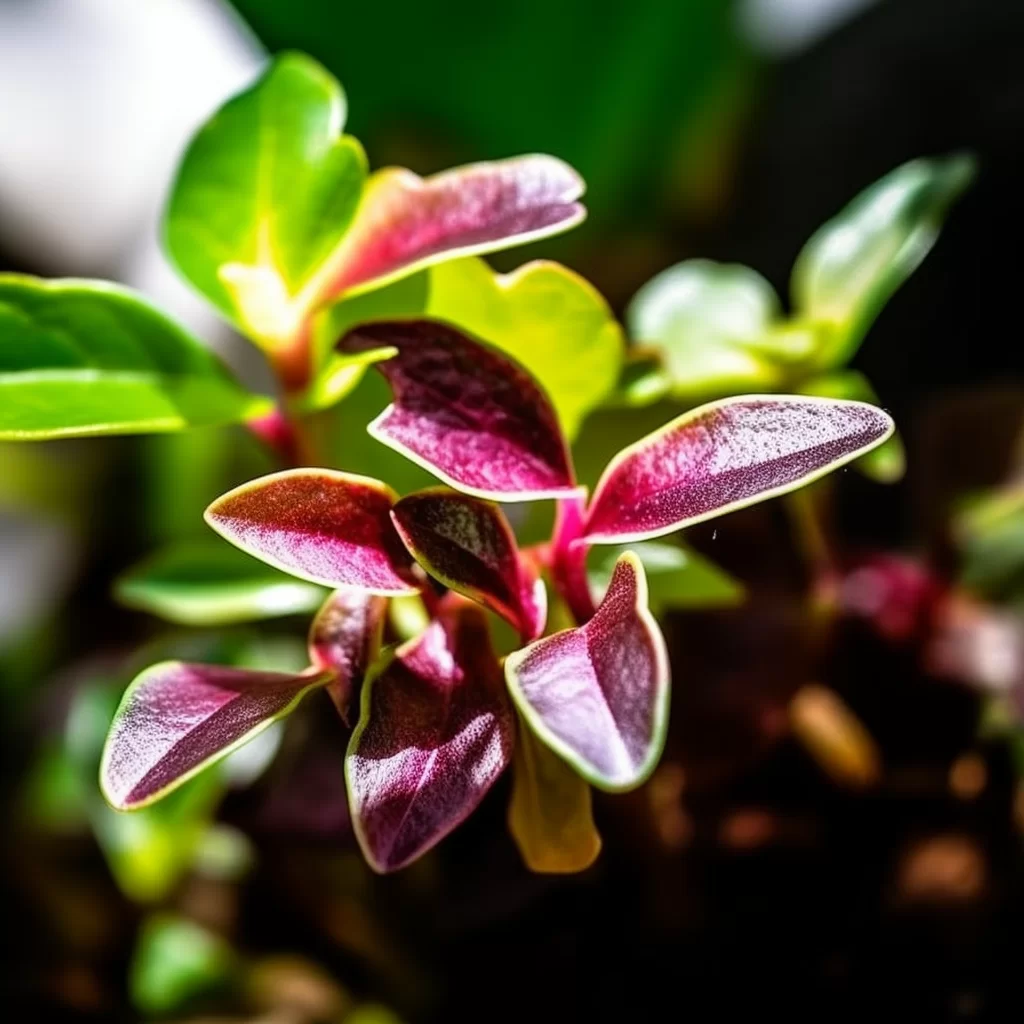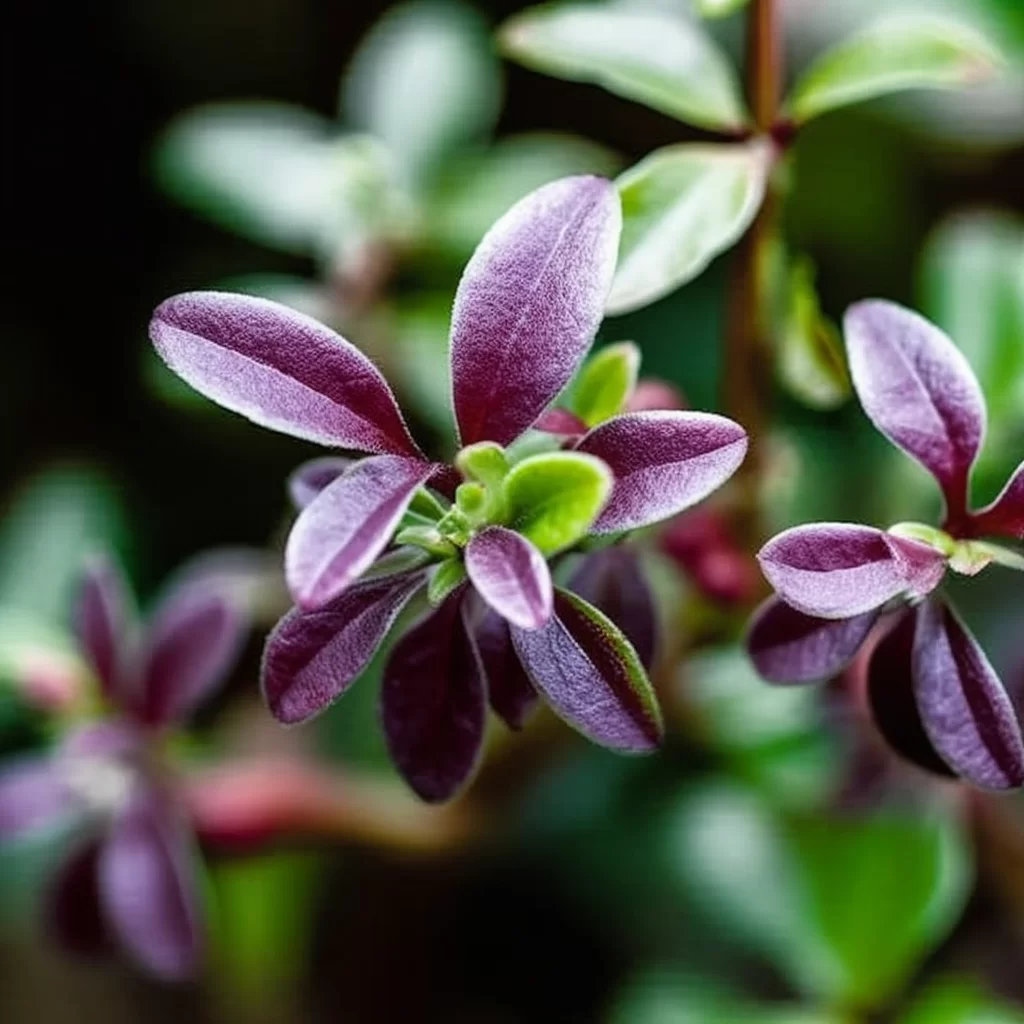Story of Day :
Contents
What is a Wandering Jew Plant: Complete Guide and Care Tips
If you’re new to gardening or looking for a low-maintenance plant to add to your collection, you may have heard of the wandering jew plant.
While this name may sound peculiar, it actually refers to several species of trailing plants that are easy to care for and can be grown indoors or outdoors.
What is a Wandering Jew Plant?
The wandering jew plant (also known as Tradescantia zebrina) is a perennial herb that belongs to the spiderwort family.
It’s native to Central America but has spread throughout different parts of the world due to its ease of growth and propagation.
The leaves of the wandering jew plant are ovate in shape with pointed tips.
They are typically green in color with silver stripes on top and purple undersides.
The stems are long and vine-like, which allows them to trail over edges or climb up surfaces.

Care Tips for Wandering Jew Plants
Wandering jew plants require minimal care, making them ideal for beginners or those who don’t have much time on their hands.
Here are some tips on how you can take care of your wandering jew plant:
- Light: These plants prefer bright but indirect sunlight.
Avoid direct sunlight as it can scorch the leaves.
- Water: Water your wandering jew plant once per week during growing season (spring-summer) and reduce watering during dormant season (fall-winter).
Ensure that the soil is moist but not waterlogged; otherwise, it can lead to root rot.
- Fertilizer: You can fertilize your wandering jew plant every two weeks using an all-purpose indoor plant fertilizer during the growing season.
- Temperature: These plants prefer warm temperatures (65-75°F) and high humidity.
Avoid placing them near drafty windows or air conditioning vents, as this can cause stress to the plant.
- Pruning: You can trim your wandering jew plant to control its growth or promote bushier growth.
Pinch off the tips of long stems to encourage branching and fuller growth.
Propagation of Wandering Jew Plants

The good news for gardeners is that wandering jew plants are easy to propagate, making them a great addition to any collection.
Here are some ways you can propagate your wandering jew plant:
- Cuttings: Take stem cuttings from your healthy wandering jew plant during its active growth season (spring-summer).
Place these cuttings in water until roots develop, then transfer them into potting soil.
- Vining Stems: If you have a mature wandering jew plant with longer vining stems, you can pin these down onto moist soil using U-shaped wire pins.
The nodes where the leaves emerge will root and grow new shoots over time.
Possible Issues with Wandering Jew Plants
If not cared for properly, wandering jew plants may encounter some issues such as pests or diseases.
However, catching these problems early on can prevent further damage and keep your plant healthy.
Here are some possible issues that may arise with your wandering jew plants:

- Fungal Disease: Overwatering or poor drainage can lead to fungal disease in your wandering jew plants.
Signs of fungal disease include brown spots on leaves or stem rot.
Ensure that the soil is well-draining and reduce watering if necessary.
- Pests: The wandering jew plant is susceptible to spider mites, mealybugs, or aphids.
You can use insecticidal soap or neem oil to treat these pests.
- Leaf Drop: If your wandering jew plant drops leaves excessively, it may indicate poor lighting conditions or overwatering.
Adjust the lighting and reduce watering until the soil dries out slightly.
In Conclusion
The wandering jew plant is a beautiful trailing plant that adds color and texture to any garden or indoor space.
With minimal care requirements and easy propagation methods, it’s no wonder why this plant has become a favorite among many gardeners.
To ensure that your wandering jew plants thrive, remember to provide them with bright but indirect sunlight, well-draining soil, moderate waterings during growing season (spring-summer), high humidity, occasional fertilization using an all-purpose indoor plant fertilizer every two weeks during growth season (spring-summer), prune as needed for control of growth or bushier growth promotion purposes; propagate by taking cuttings in spring/summer (place cutting in water until roots develop) or pinning down vining stems into moist soil using U-shaped wire pins; watch out for pests like spider mites/mealybugs/aphids as well as diseases like fungal disease which can cause issues such as leaf drop if not caught early on!
